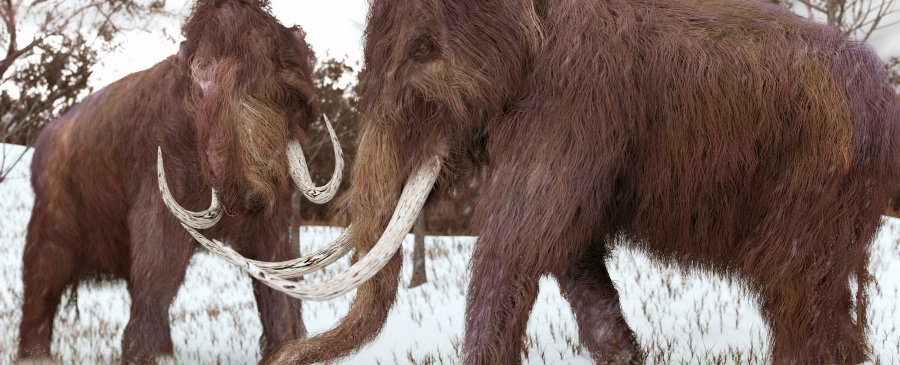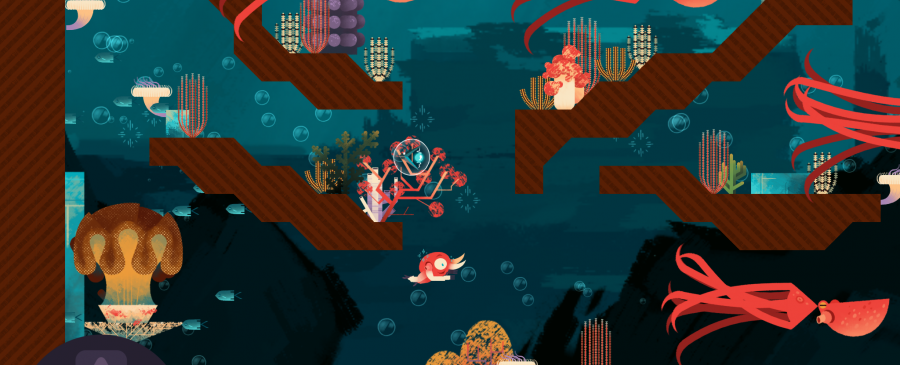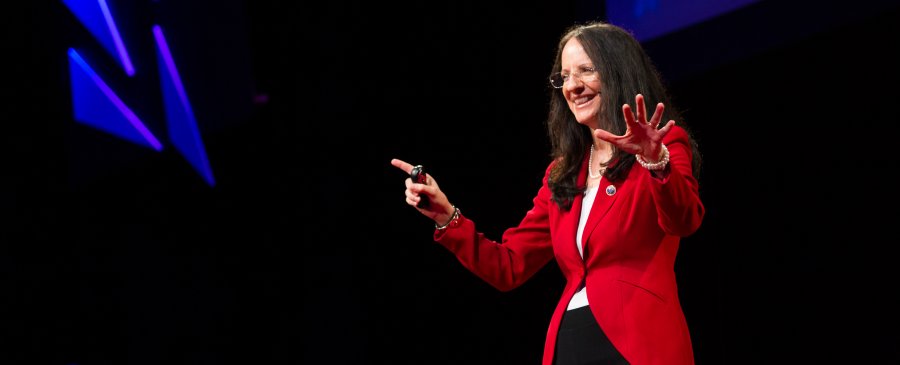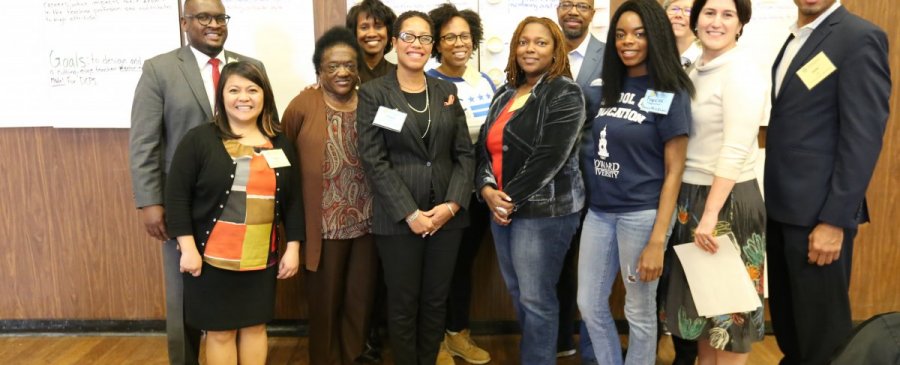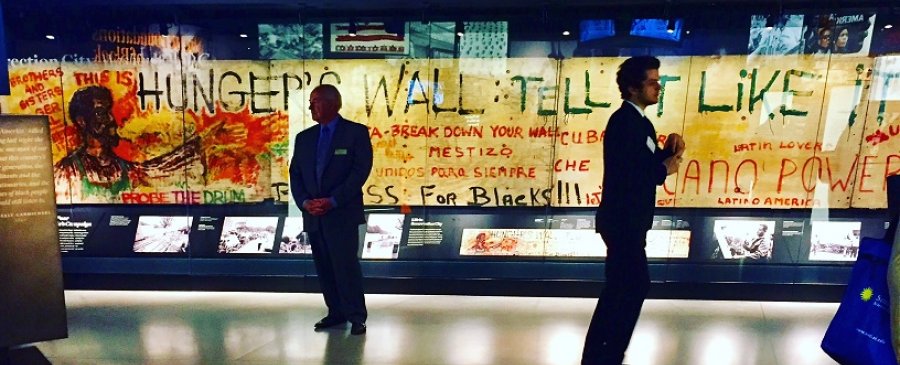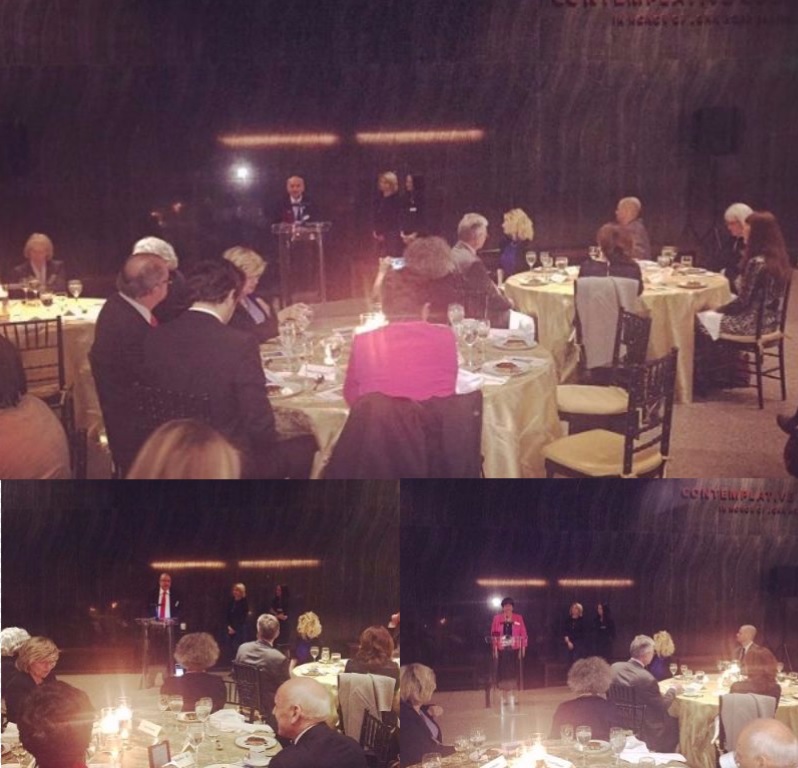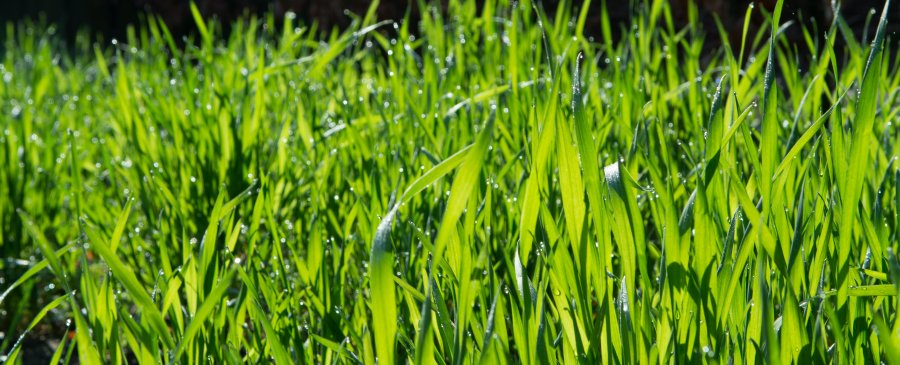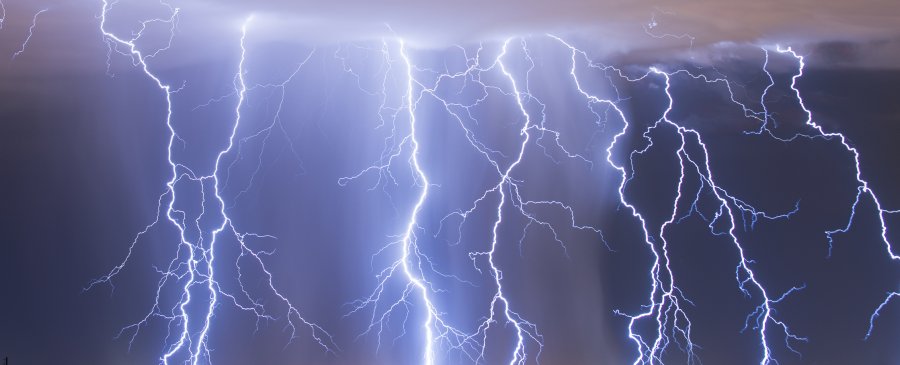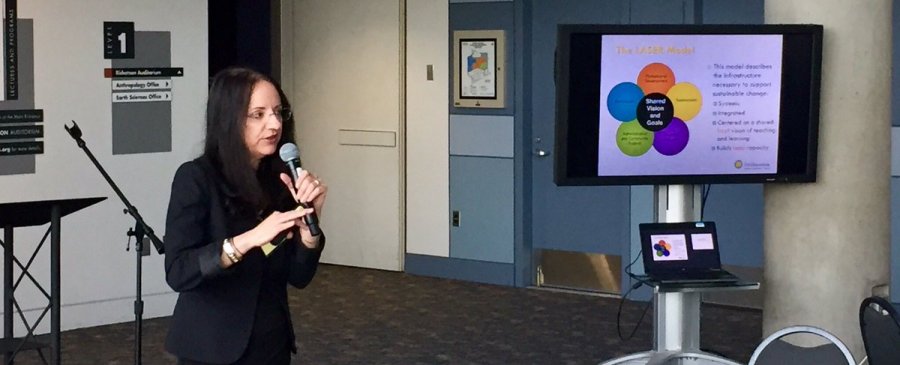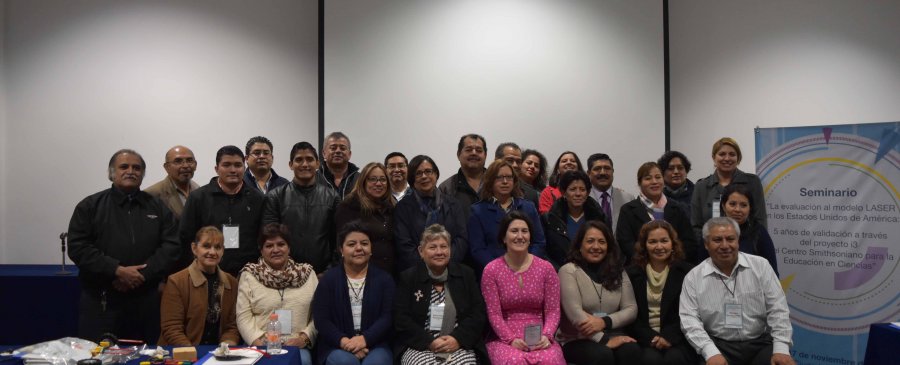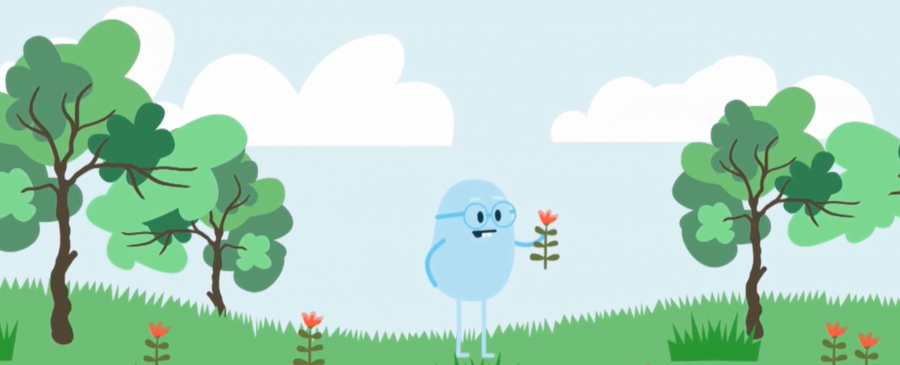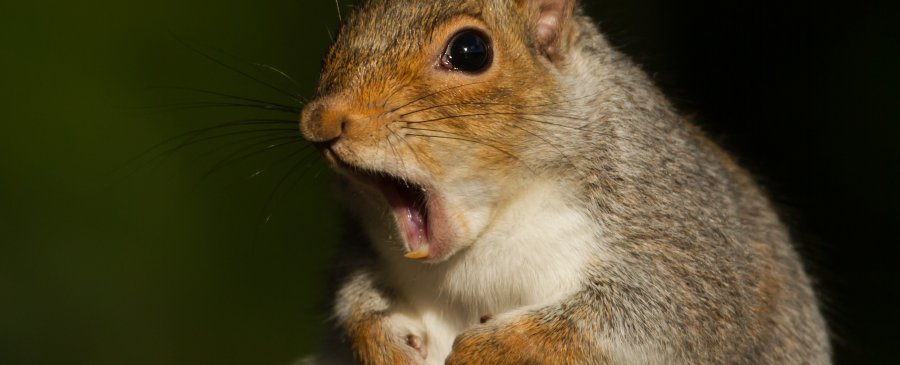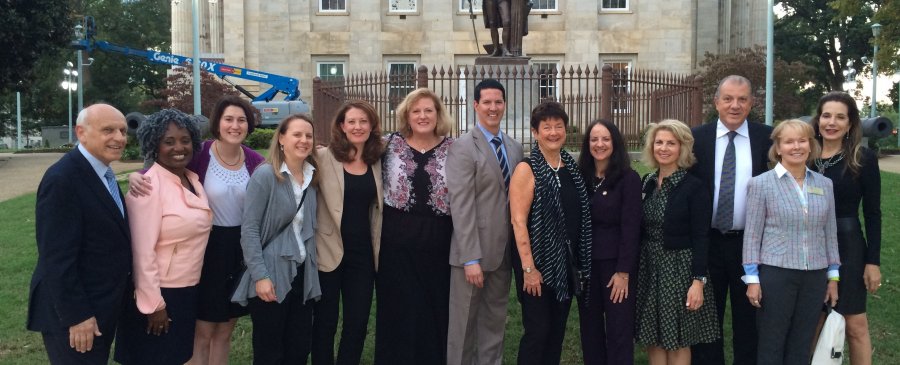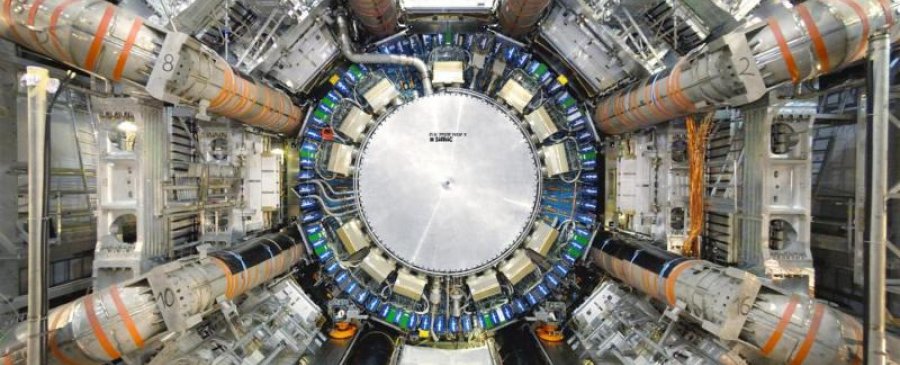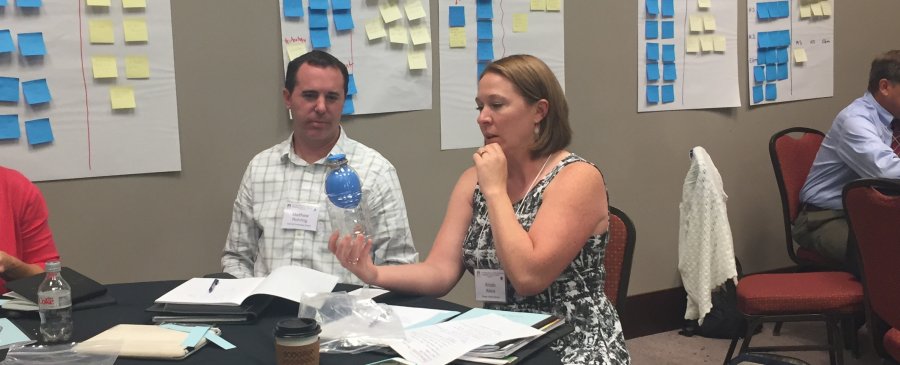Yes, you read that right. As 21st century humans, we get to enjoy all the perks of modern technology. That includes digital money, music in your pocket, intercontinental travel, and now, possibly, de-extinct species. Last month, a team from Germany considered the legal implications that such species-level innovation might have in a perspective from the journal Science. The discussion comes at an important time, as recent advances in the field have made the idea of de-extinction increasingly feasible.
Summer vacation is often filled with fun activities but did you know that, on average, students lose two months worth of academic progress over the break? This is referred to as the “Summer Slide,” or the tendency for students to lose some of the achievement gains they made during the previous school year. In order to combat this, we have provided a list of free educational games to keep your student engaged and excited about learning all summer long!
Have you had a chance to check out Showbiz Safari in the SSEC Game Center? In this life science game, students take on the role of assistant casting director for Walrus! He has three kinds of movies to cast – but different roles require different kinds of organisms! Using their knowledge of diverse plant and animal life, students must make sure that Walrus casts the prefect character for each of his movies. Keep reading to learn more about some of the super cool organisms from the game!
When I ask someone, “How was your day?”, they often respond that “It felt long.” Sometimes, if it was a really tough day, they will go as far as claiming that it felt like “the longest day of the year.” On most days, 364 to be precise, that claim is factually false. Today, however, anyone in the northern hemisphere can correctly state that this feels like the longest day of the year.
TEDxFoggyBottom 2017
On Saturday, April 22nd Dr. Carol O’Donnell spoke at TEDxFoggyBottom 2017: In Metamorphosis!. TEDx is a program of local, self-organized events that bring people together to share a TED-like experience, and TEDxFoggyBottom has become one of the largest student-organized TEDx events in the United States and around the world. This year’s annual conference brought together brilliant innovators and unconventional change-makers in a full-day experience featuring live presenters, and interactive exhibits centered around the 2017 theme: In Metamorphosis, discussing the current changes in our world and the implications these changes have for our society. O’Donnell’s talk reflected on her past experiences with science education, and focused on the importance of tactile experiences with physical objects in a science classroom in an age where digital learning is rapidly taking over.
The following blog was written by Dr. Reagan Flowers. Dr. Flowers is CEO of C-STEM and a member of the "Steering Committee" of experts on minority participation in teaching careers. She both presented at and helped to recruit teams of educators for the 2017 Teacher Leadership Summit sponsored by Shell Oil Company and hosted at Howard University in February.
The following blog was written by DCPS teacher Jonte Lee. Mr. Lee teaches at Woodrow Wilson Senior High School in the District of Columbia and brought a team of fellow educators to the 2017 Teacher Leadership Summit sponsored by Shell Oil Company and hosted at Howard University in February. The summit guided teams in creating logic models for attracting, retaining, and developing a diverse STEM teaching workforce.
When the lights in the movie theater dim and cell phones are muted, the movie is about to begin. In the dark, you can hear an occasional cough or the rustle of candy wrappers and smell the aroma of buttered popcorn. The screen begins to reflect light. Welcome to the world according to Hollywood, a world of make-believe made from moving images and digital sound.
When you get hungry, you grab a snack from your fridge or pantry. But what can plants do when they get hungry? You are probably aware that plants need sunlight, water, and a home (like soil) to grow, but where do they get their food? They make it themselves!
Plants are called autotrophs because they can use energy from light to synthesize, or make, their own food source. Many people believe they are “feeding” a plant when they put it in soil, water it, or place it outside in the Sun, but none of these things are considered food. Rather, plants use sunlight, water, and the gases in the air to make glucose, which is a form of sugar that plants need to survive. This process is called photosynthesis and is performed by all plants, algae, and even some microorganisms. To perform photosynthesis, plants need three things: carbon dioxide, water, and sunlight.
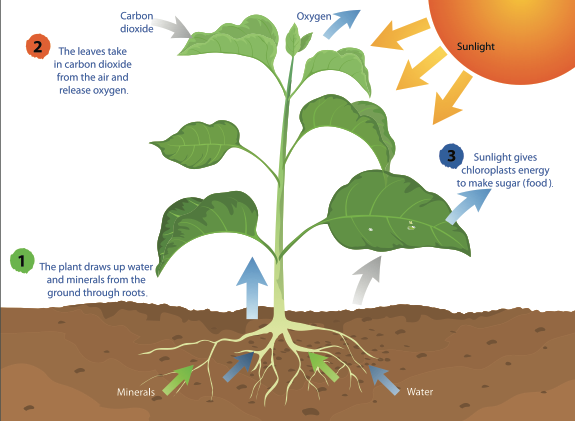 By taking in water (H2O) through the roots, carbon dioxide (CO2) from the air, and light energy from the Sun, plants can perform photosynthesis to make glucose (sugars) and oxygen (O2). CREDIT: mapichai/Shutterstock.com
By taking in water (H2O) through the roots, carbon dioxide (CO2) from the air, and light energy from the Sun, plants can perform photosynthesis to make glucose (sugars) and oxygen (O2). CREDIT: mapichai/Shutterstock.com
A thunderstorm is a disturbance in the atmosphere that is characterized by lightning and thunder. Lightning is an electrical discharge in the air generated by charged particles in moving air masses. Because lightning is a phenomenon of moving, charged particles, not rain, we see lightning in violent forest fires and volcanoes as well as thunderstorms. Thunder is the sound produced by the shock wave lightning generates. The air immediately around lightning is suddenly heated to high temperatures—up to 30,000°C (54,000°F)—and subjected to high pressure; it expands rapidly.
Have you ever heard someone say, “Clouds are just water vapor”? Next time, you’ll be able to correct them.
While it’s true that clouds contain water, they actually aren’t made of water vapor. If they were, you wouldn’t be able to see them. The water that makes up clouds is in liquid or ice form. The air around us is partially made up of invisible water vapor. It’s only when that water vapor cools and condenses into liquid water droplets or solid ice crystals that visible clouds form.
There’s nothing lovelier than the first snowfall of winter. Fluffy white flakes slowly drift down to cover your hair and clothes in their crystalline patterns. Just like all of nature’s most beautiful things, we can describe the beauty of snow with science! With the help of a turn of the century scientist and knowledge of crystal formation, we can crack of the code on these snow crystals. Including the big questions: Is it true that no two snowflakes are alike?
OCM BOCES: It’s Go Time: Seeing the Future through the New New York State Science Learning Standards
In the winter, when the days get shorter and the weather gets increasingly colder, it can seem like the Sun has forsaken us. I mean, after all, that’s when we are farthest from it—both physically and emotionally—right? Well, not exactly. While it might make sense to think that colder days equals farther distance from the Sun, it’s really not quite so simple.
More than 300 educators from across Central New York converged on Nov. 8 for a "Lesson Study Elementary Science Conference"--perhaps the first of its kind in the US--that offered four “live” research lessons based on SSEC units in which students and teachers engaged in practices aligned with New York's State new science standards while participants observed and took notes.
The Director of the Smithsonian Science Education Center, Dr. Carol O’Donnell, and the Director of Professional Services, Amy D'Amico, PhD held a seminar in Mexico City November 16 and 17, 2016. This seminar, hosted by INNOVEC, was a transcendent event in many ways.
The Smithsonian Science Education Center is excited to host guest bloggers Sharon Dotger, Associate Professor of Science Education in the School of Education at Syracuse University, and Jessica Whisher-Hehl, Science Coordinator for OCM BOCES’ Center for Innovative Science Education!
Editor's Note: This post was written for Computer Science Education Week. Learn more about Computer Science Education Week and how you can get involved here.
Video games provide exciting and entertaining experiences for millions of people around the world. The production of video games is now bigger than those of film and music—and growing each year. If you’re interested in designing and developing your own games, there’s never been a better time to start learning! There are now many learning opportunities available for students and teachers online.
The video game development process begins with programming.
100&Change is a MacArthur Foundation competition for a $100 million grant to fund a single proposal that will make measurable progress toward solving a significant problem.
Watch the Smithsonian's proposal below!
If you live in a rural area, or near a park, you’ve probably observed this unique squirrel behavior. When the weather catches a chill, these bushy-tailed creatures begin what looks like preparation for a wide-scale scavenger hunt. In great numbers, these squirrels begin to bury nuts! Squirrels hide nuts this way as preparation for cold weather when otherwise food will be scarce. This kind of proactive stashing raises a lot of questions for squirrel enthusiasts—the most pressing being how do the squirrels find their nuts again?
It’s been just over 110 years since Einstein published his groundbreaking papers in 1905 that revolutionized physics as we know it and ushered in the quantum age. Among these papers were his theories on special relativity (not to be confused with general relativity, which he published 10 years later in 1915). His theories on special relativity discussed such strange things as length contraction and time dilation when an observer moved at speeds approaching the speed of light (3 x 108 meters per second, or c).
Fall 2016 National Advisoary Board Meeting
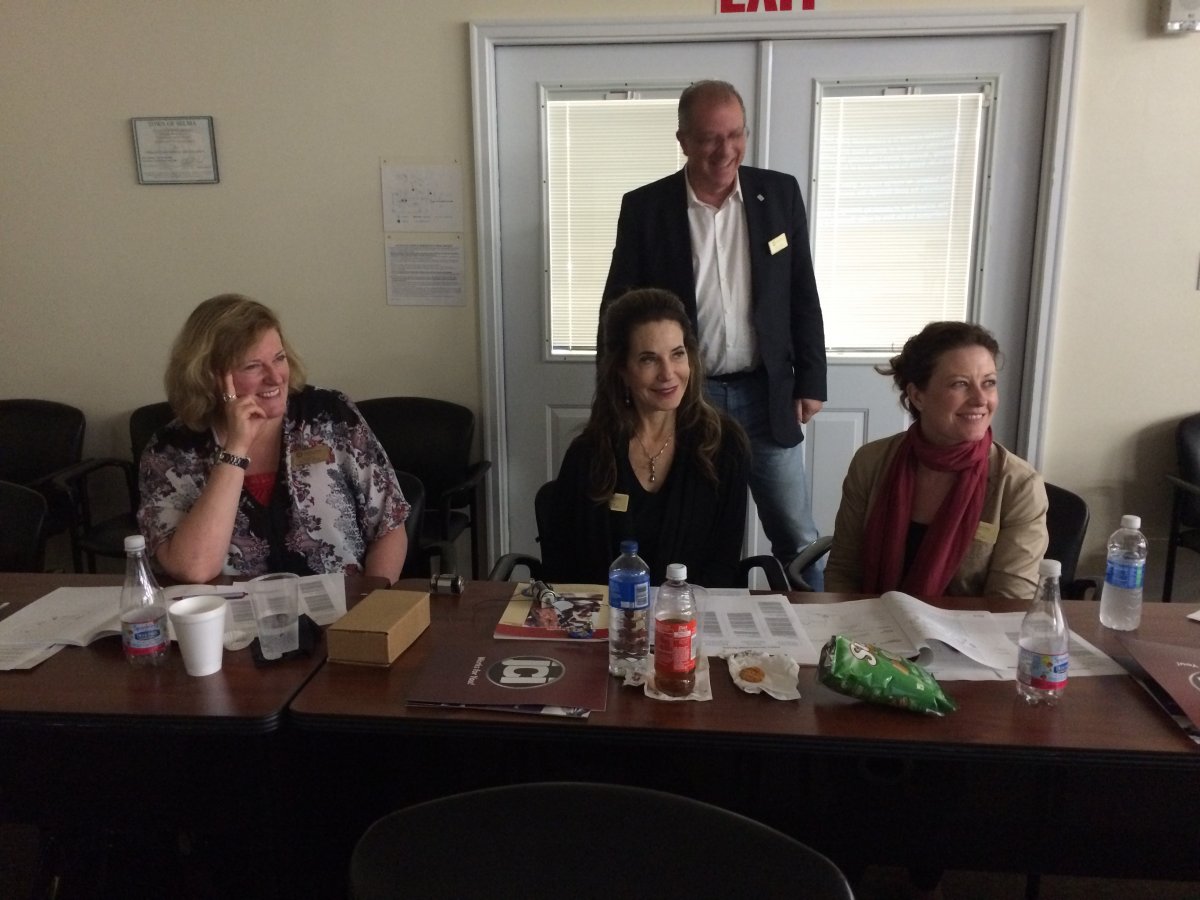 The Smithsonian Science Education Center held its fall national advisory board events which included a materials center tour, board dinner and board meeting in the Raleigh-Durham area of North Carolina, one of the states where SSEC tested the efficacy of its Leadership and Assistance for Science Education Reform (LASER) model. The tour was held on Monday, October 17th at the Johnston county industries materials center (JCI) in Selma, NC.
The Smithsonian Science Education Center held its fall national advisory board events which included a materials center tour, board dinner and board meeting in the Raleigh-Durham area of North Carolina, one of the states where SSEC tested the efficacy of its Leadership and Assistance for Science Education Reform (LASER) model. The tour was held on Monday, October 17th at the Johnston county industries materials center (JCI) in Selma, NC.
When it comes to pushing the boundaries of science, you need to look no further than the European Organization for Nuclear Research (or CERN). Based in Geneva, Switzerland, CERN is a complex of particle accelerators and detectors—the most well-known being their Large Hadron Collider (or LHC), which is the world’s most powerful particle accelerator. Now, you might reasonably ask, “Why are we accelerating particles?” At the core of these experiments is one true objective: to find out what the Universe is made of.
The Neville-Pribram Mid-Career Educators Awards allow mid-career educators to be in residence and utilize the Smithsonian Libraries distinctive collections, focusing on science, history, culture and arts. The awards are open to middle & high school teachers, college teachers, and museum educators working on curriculum development or publications in print or electronic form. The Library offers excellent resources for developing curricula relating to Common Core, Core Arts Standards, and Advanced Placement curricula.
The Smithsonian Libraries is pleased to offer a call for applicants for the 2017 Neville-Pribram Mid-Career Educators Award. The National Museum of Natural History Library is the host library for the selected 2017 Educator. The National Museum of Natural History Libraries consists of the main location (on the 1st floor and basement of the NMNH's East Court) and 11 specialized collections throughout the NMNH building totaling more than 500,000 volumes. These collections are located within the NMNH Entomology, Invertebrate Zoology, Botany, Vertebrate Zoology, Mineral Sciences and Paleobiology departments.
The Smithsonian Science Education Center teamed up with the South Carolina Coalition for Mathematics and Science and the South Carolina Afterschool Alliance to host the 2016 Next Steps Institute in Charleston, SC on September 26-28th. Close to 300 individuals and teams from across the country came together to gain advanced leadership training in one of seven different Pathway topics. Dr.
